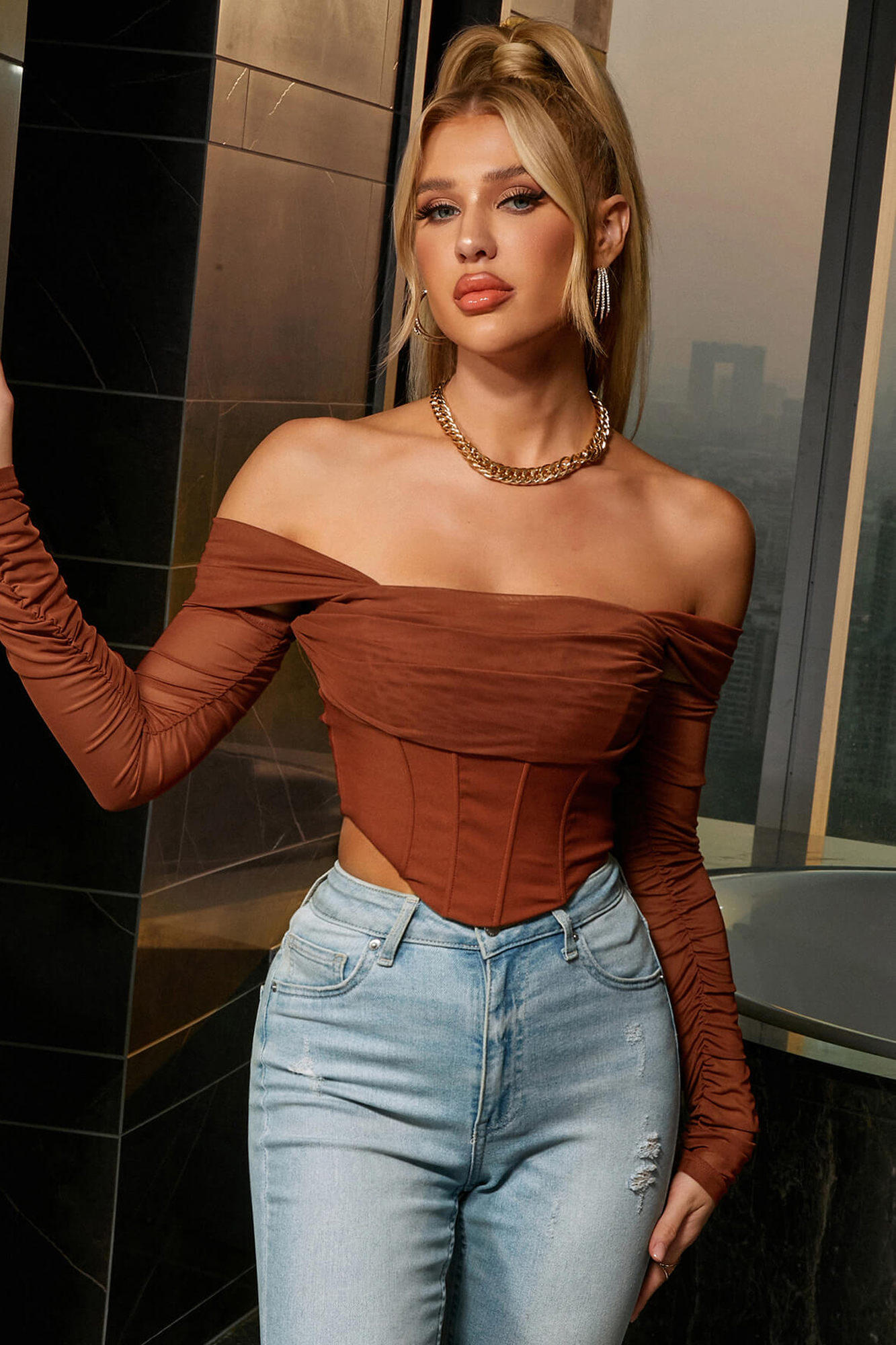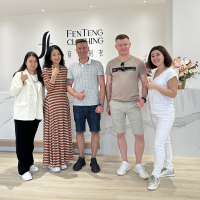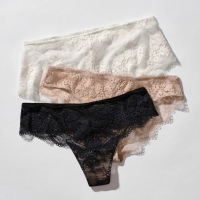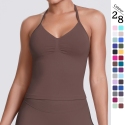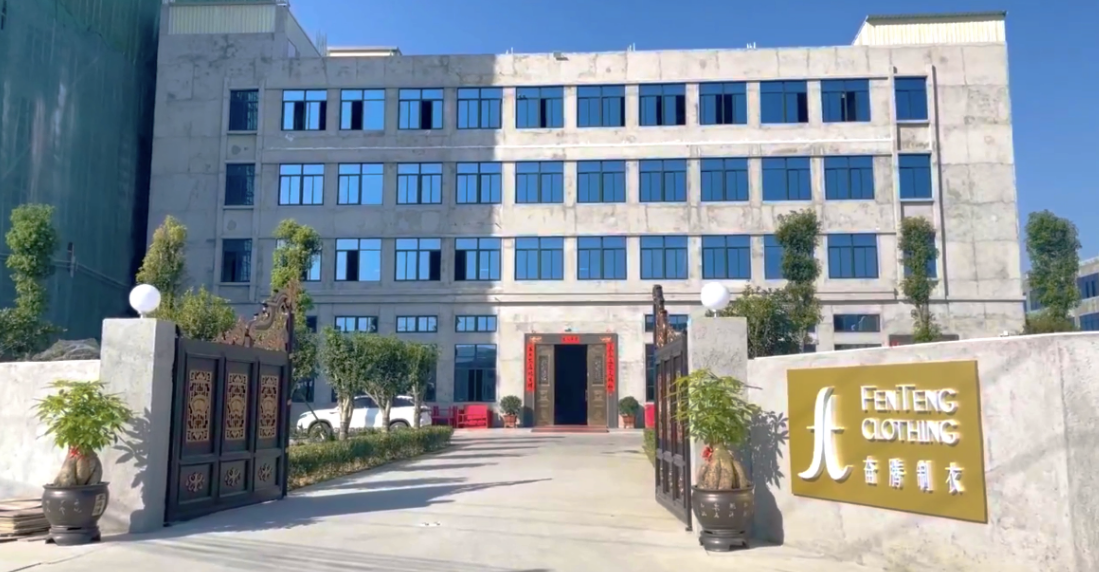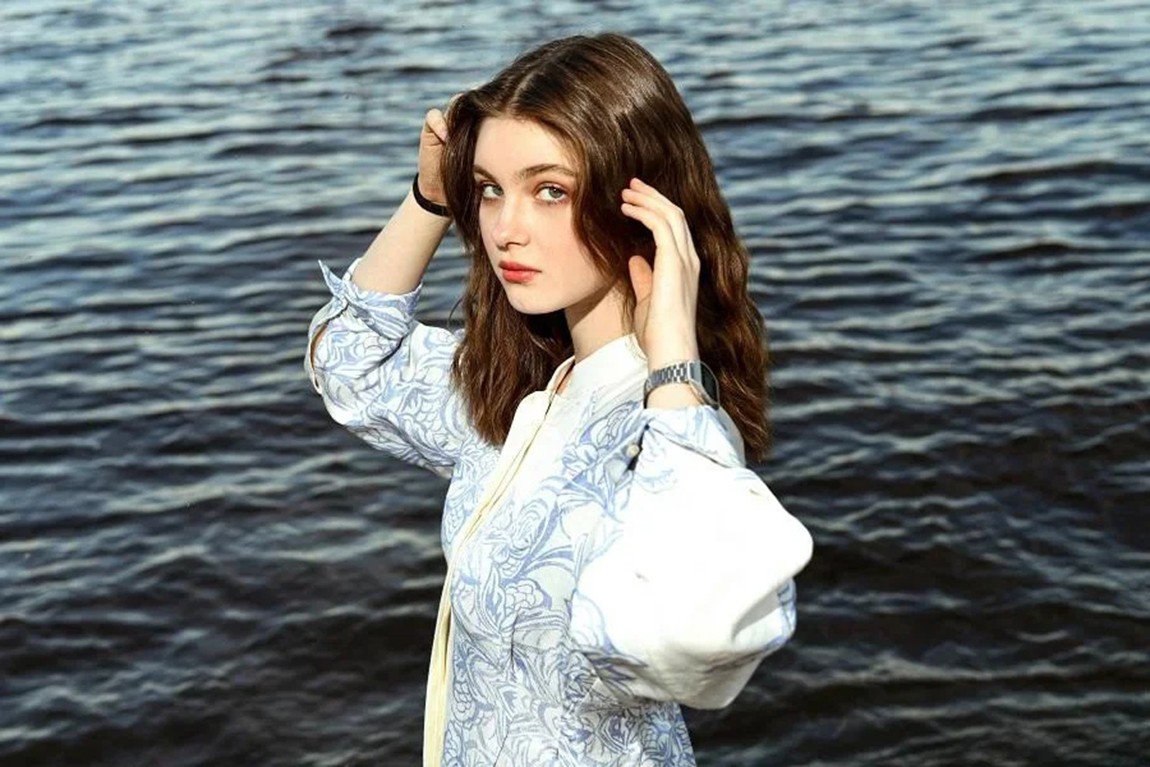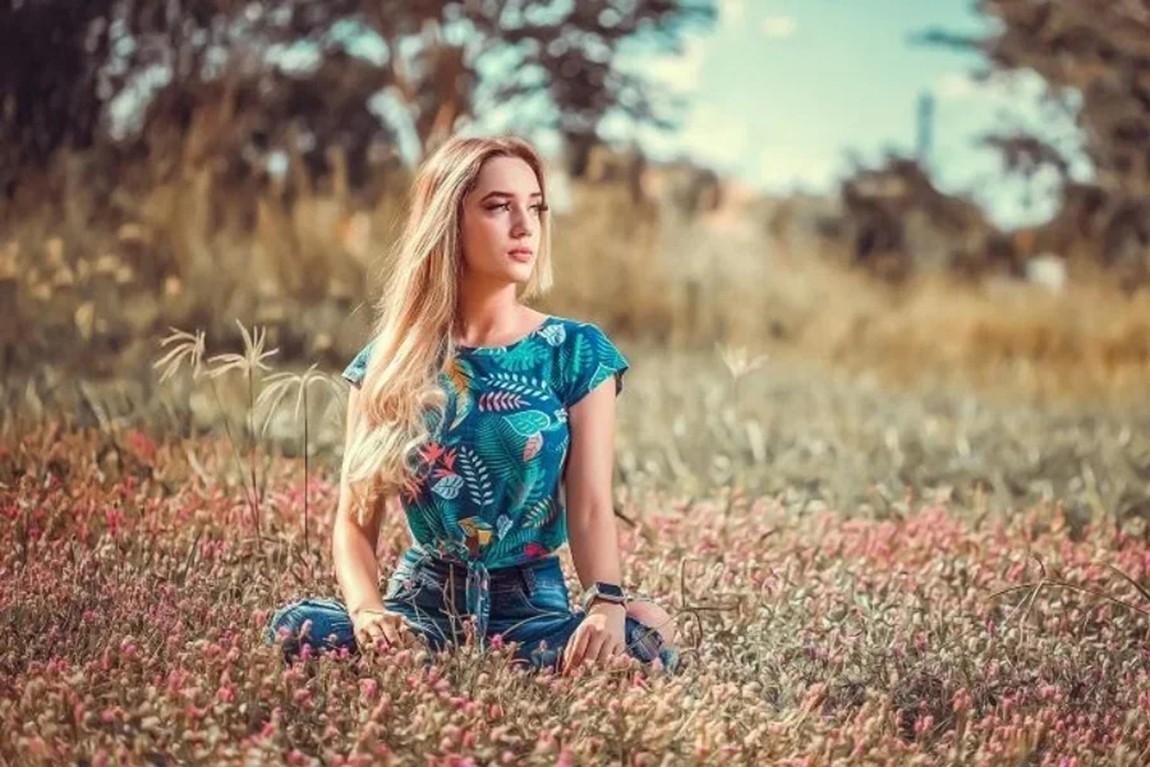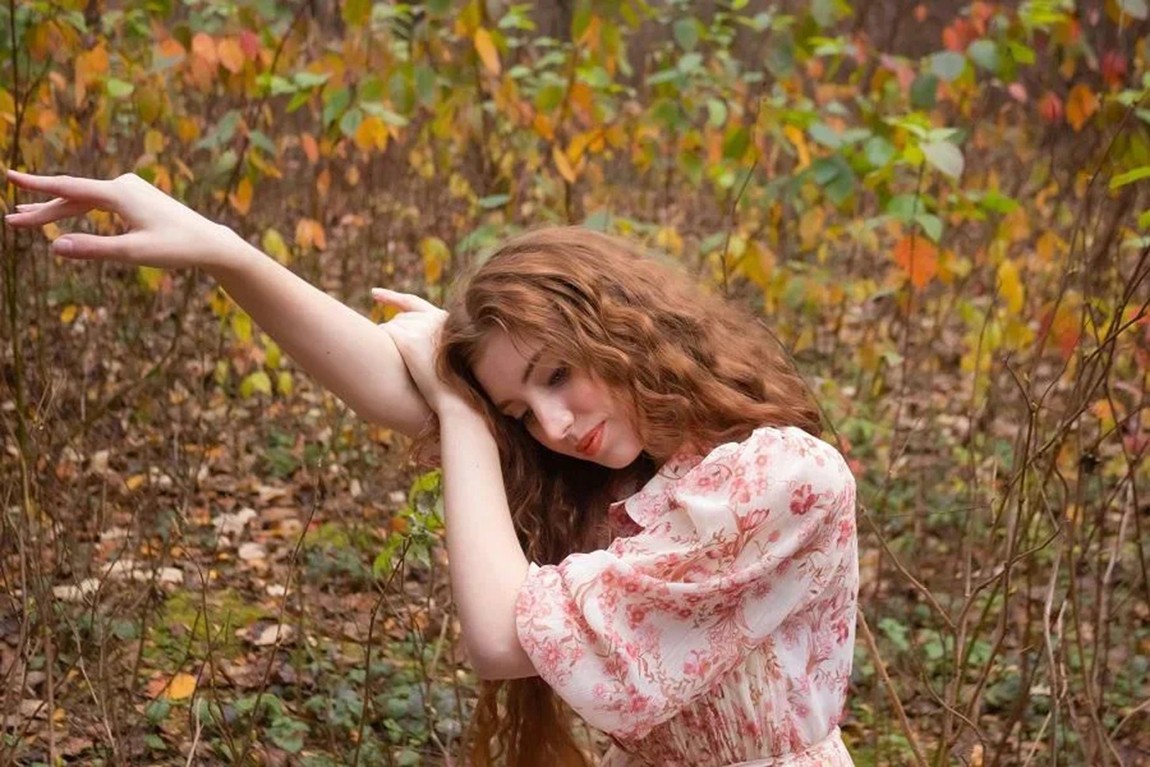|
|
Climate-Proof Prints: How Spring/Summer 2027 Designs Adapt to a World of Weather ExtremesTime:2025-10-25
Fashion is evolving as designers rethink women’s prints to address shifting seasons, sustainability, and cultural significance. From transitional florals that work year-round to eco-friendly materials like oyster shells and natural dyes, brands are innovating to meet consumer demands. These designs go beyond aesthetics, telling stories of resilience, tradition, and environmental responsibility. As bold patterns and vibrant colors thrive, minimalist textures are also gaining popularity for their versatility. Women’s prints are no longer just decorative—they are tools for connection, sustainability, and self-expression. When Seasons Collide: Designing for Weather Chaos
The traditional patterns of spring, summer, autumn, and winter are no longer as predictable as they once were. Unstable weather is blurring the boundaries between seasons, creating challenges for fashion brands to meet consumer needs. Zara’s “Summer Extension” line is an example of how companies are adapting to these changes. In late August 2023, they introduced burnt orange floral maxi dresses designed to address the needs of Europeans facing unexpected heatwaves. By releasing these transitional pieces at the right time, Zara saw sales increase by 32%, proving that shoppers are looking for versatile clothing suitable for unpredictable weather patterns. This shift also highlights the importance of thoughtful color strategies. London-based fashion brand Rixo successfully launched dresses with dark plum backgrounds and ochre dahlia prints. These dresses became popular because they were versatile enough to work for both summer beach vacations and autumn events like Thanksgiving dinners. The trend is supported by data: Pinterest saw a 110% rise in saves for “all-season prints,” while Google Trends revealed that searches for “autumn florals” began 18 days earlier than usual. The conclusion is clear—designs with warm, sunset-inspired tones are no longer just a trend; they are quickly becoming essential for brands looking to stay relevant in a changing climate. Shells: Nature’s Blueprint for Circular Design
Discarded oyster and mussel shells, once seen as useless waste, are now being transformed into innovative materials for fashion. Every year, over 8 million tons of shellfish are thrown away worldwide, creating an environmental challenge. Some brands, however, are turning this problem into an opportunity. New York-based brand Collina Strada partnered with Chesapeake Bay conservationists to create bio-resin buttons made from salvaged oyster shells. These buttons retain the natural ridges of the shells, giving them a unique texture that reflects their ocean origins. Each button is not only visually appealing but also a sustainable alternative to traditional materials. Brazilian brand Insecta is pushing the boundaries of shell-inspired design even further. They crush mussel shells to create shimmering prints featured on their “Coastline Shirt.” This process uses a heat-transfer technique that requires 60% less water than traditional printing methods, making it a more sustainable choice. The shirt’s shimmering, wet-sand effect has made it a bestseller and a standout piece in their collection. These examples show that materials once considered waste can become valuable resources in fashion when designers work creatively with nature and prioritize eco-friendly practices. Flowers With Roots: Local Blooms, Global Stories
Floral patterns are evolving beyond generic designs to carry deeper cultural meanings and regional significance. In Japan, Uniqlo’s Sakura Collection featured petal patterns inspired by kintsugi, the traditional Japanese art of repairing broken pottery with gold. These designs were released during cherry blossom season and sold out within just 72 hours. The collection’s success highlights how combining nature with cultural narratives—such as resilience and renewal—can deeply resonate with consumers. By tying their designs to something meaningful, Uniqlo created far more than just a seasonal collection; they told a story that connected with people’s emotions. In Mexico, designer Carla Fernández is creating bold floral patterns with a purpose. Her linen dresses are hand-printed with vibrant Ipê flowers, and a portion of each sale goes toward replanting the drought-resistant Ipê tree. This detail has helped the collection stand out, increasing sales by 27% while also supporting environmental efforts. Similar approaches can be seen in other regions, such as Lisbon, where blue hydrangea prints are inspired by Portuguese ceramics, or Mumbai, where marigold designs celebrate flowers that thrive in monsoon seasons. These floral prints not only add beauty to wardrobes but also connect clothing to local landscapes and traditions. Living Dyes: Where Imperfection Becomes Beauty
Natural dyes are revolutionizing the fashion industry by celebrating their imperfections and variability. Instead of aiming for uniformity, brands are embracing the unique, irregular results of plant-based dyes. In Los Angeles, Cave Collective’s “Sun Bleached” series uses avocado pits to create gradient prints. Over time, these prints naturally change color, making each piece evolve in its own way. Customers love the personal connection this creates and often share photos of their jackets’ color changes on Instagram, turning fading into a shared experience rather than a drawback. This blend of design and interaction has redefined how people view the aging process of clothing. Levi’s® took this concept to another level in their collaboration with Ganni. They created denim jackets dyed with onion skins, resulting in irregular speckles. These unique patterns were marketed as “snowflakes in indigo,” emphasizing that no two jackets were exactly alike. The campaign was a massive success, with 18,000 people signing up for the waitlist. Other brands, like Stella McCartney, are taking it further by including care tags that explain how natural dyes will develop over time, comparing the process to how fine wine matures. This approach not only educates consumers but also elevates the perceived value of the product. The Quiet Revolution: Minimalism That Speaks Volumes
Amidst the popularity of bold patterns and vibrant colors, subtle textures and minimalist designs are gaining traction for their versatility and timeless appeal. Cos’ “Subtle Speck” knitwear collection uses recycled silk to create tiny, barely visible dots that add just enough detail without overwhelming the design. These understated pieces have become one of the brand’s top sellers, with 43% of customers purchasing multiple colors. This shows that simplicity, when done thoughtfully, can encourage repeat purchases and customer loyalty. German outdoor brand Ortovox has also embraced minimalism but added a technical edge. Their weatherproof jackets feature laser-etched micro-dots, a process that uses 28% less material compared to traditional screen printing. This innovative approach not only reduces waste but also creates a sleek, modern look. Minimalist designs like these are growing in popularity, with searches for “minimalist prints” increasing by 65% on TikTok. As consumers look for calm and simplicity in a visually noisy world, these designs prove that less can indeed be more—not just aesthetically, but also environmentally. Conclusion Women’s prints are at the forefront of a fashion revolution, blending creativity, culture, and sustainability. Transitional florals, circular materials, and living dyes show how brands are innovating to meet the challenges of changing seasons and consumer demands. Designers are also embracing local inspirations and minimalist details to create pieces that resonate globally while reducing environmental impact. These thoughtful approaches prove that prints can be both beautiful and meaningful, shaping a future where fashion is as responsible as it is stylish. |




